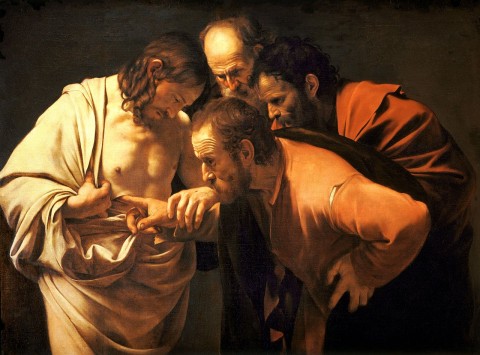Now what?

What is there about Easter for a clergyperson not to love? Sanctuaries and worship spaces are decorated with beautiful flowers. The hymns are triumphant, often with brass players augmenting a strong organ and full choir. Children sport new outfits and some women even wear hats. Best of all, the pews are full. Even though we know better, for a moment or two we ministers entertain the notion that Easter Sunday is “all about me,” that “all these people have come to hear what I have to say, and if I get it right this year, they’ll be back next Sunday for more.”
Some preachers even scold those who last showed up at Christmas—“Chreasters,” as Molly Worthen called them in a New York Times editorial (December 23, 2012). I sometimes poked a little fun at Chreasters by reminding the crowd that we “do this” every Sunday, same time, same place. It always got a laugh. But if you come to church just once a year, why wouldn’t you come on Easter, when the church lays it all on the line?
Most pastors take a break after the intensity and busyness of Lent, Holy Week services and then the Easter vigil on Saturday evening and sunrise services and a full schedule of Sunday services on Easter Day. Almost every year I took off a week or two. Yet I have always felt that the days and weeks after Easter are the most important of the church year. Those who come to church on the Sunday after Easter are the deeply faithful, the steady, loyal heart of any congregation. Theologically and homiletically, the issues in the days and weeks after Easter are “Now what?” and “So what?” Those in the pews during Eastertide have these questions on their minds.




